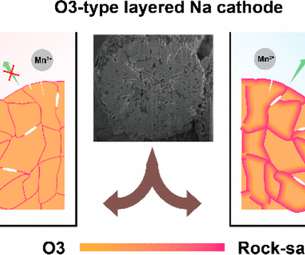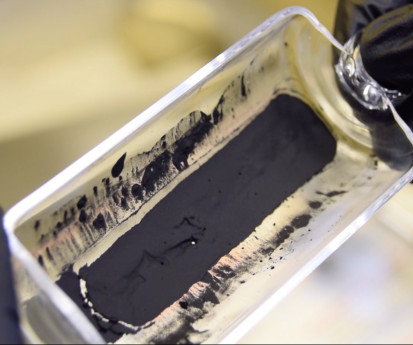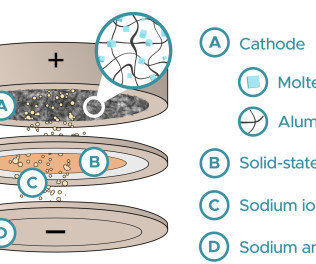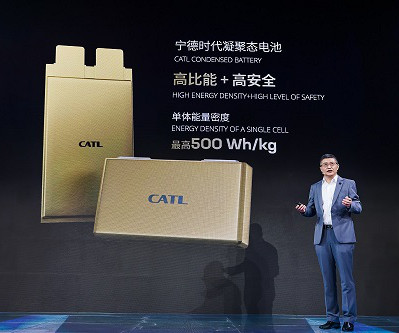WSU, PNNL researchers develop viable sodium battery
Green Car Congress
JUNE 2, 2020
Although O3-layered metal oxides are promising cathode materials for high-energy Na-ion batteries, they suffer from fast capacity fade. However, the nickel rich O3-NaTMOs suffer from irreversible phase transition at high voltage and limited cycle life, similar to their Li analogues, if not even worse.



































Let's personalize your content